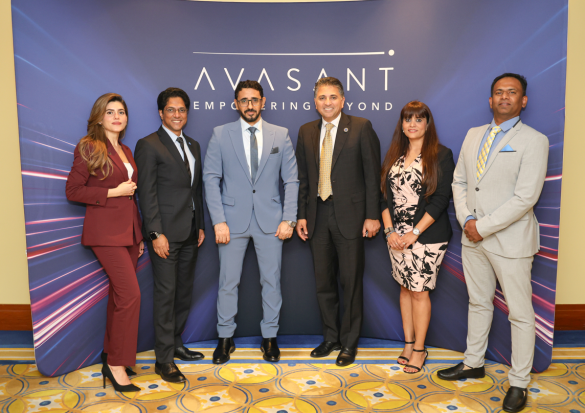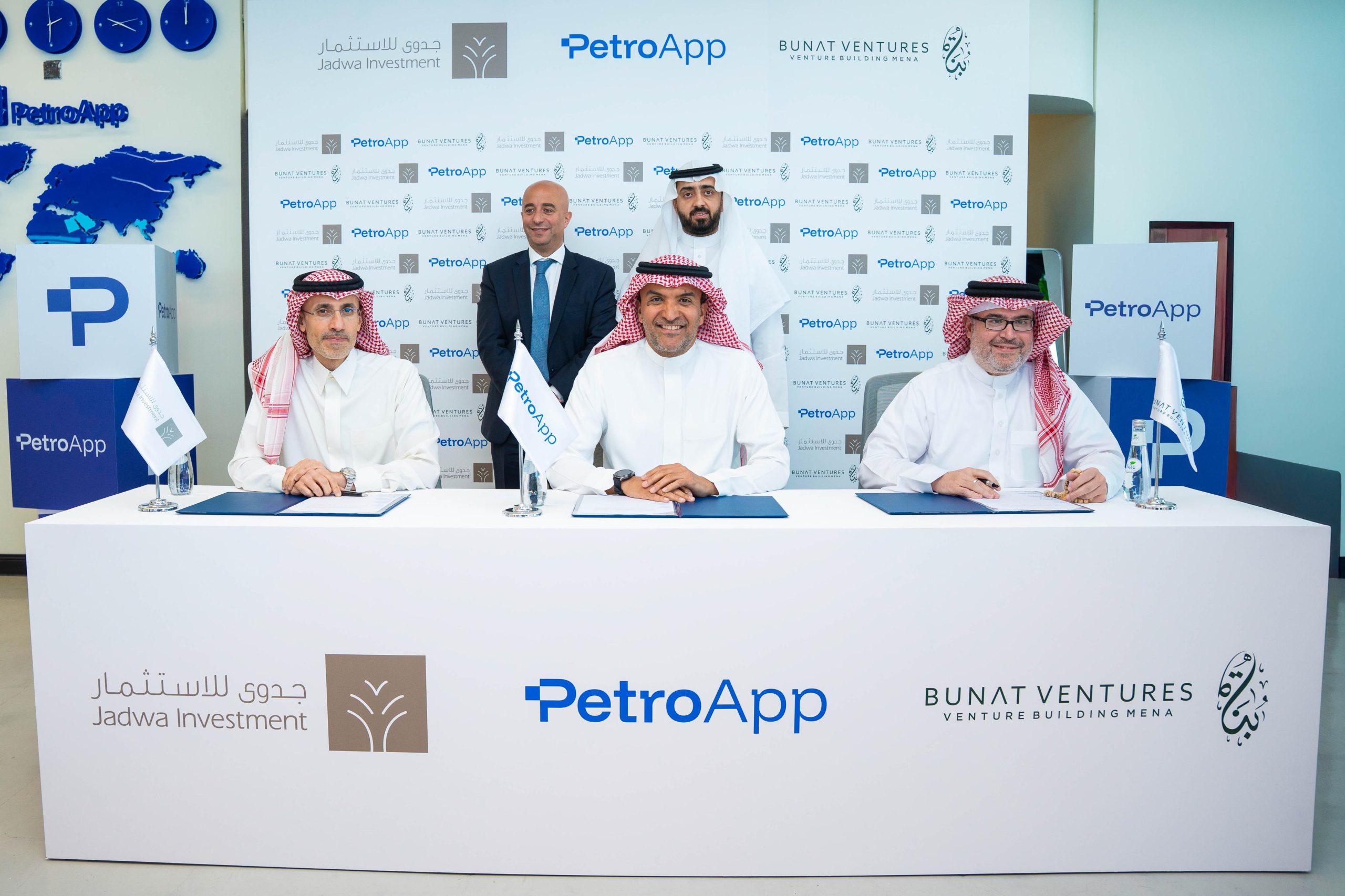Dubai- Masaader News
Saudi Arabia will start construction of a green hydrogen plant as soon as this month as it pushes ahead with plans to export the fuel in about four years.
The Kingdom is on track sell carbon-free hydrogen from a $5 billion project in Neom by 2026, according to Peter Terium, the head of energy and water for the new region. Engineers have finished flattening the site in northwestern Saudi Arabia and US-based Air Products & Chemicals Inc. will soon begin building the facility, he said
There will probably be demand from companies from Asia to the US for the exports, Terium, who used to be chief executive officer of Germany’s RWE AG, said in an interview. Hydrogen is seen as pivotal for the transition to cleaner forms of energy.
“There’s a potential competition between Europe, Japan, South Korea and some parts of the US,” said Terium. Shipments will be sold “to those who bid the highest price.”
Saudi Arabia wants to be the world’s biggest exporter of hydrogen.
The fuel only emits water vapor when burned, making it less polluting than oil, natural gas and coal. The technology for producing it on a mass-scale is still unproven, but the market could be worth $700 billion annually by 2050 if manufacturers can bring down costs, according to BloombergNEF.
Riyadh believes demand for oil will remain high for decades and is spending billions of dollars to increase its crude-production capacity. Yet Crown Prince Mohammed bin Salman aims to diversify the economy, and hydrogen is an important part of his strategy.
State oil firm Saudi Aramco is leading the country’s efforts to make blue hydrogen, produced by converting gas and capturing the carbon dioxide emissions.
The Neom project, called Helios, is led by a consortium including Air Products and ACWA Power International, a Saudi utility. Green hydrogen is manufactured with renewable energy.
The companies will use 120 Thyssenkrupp AG electrolyzers, each of them about 40 meters long, to split hydrogen from water. The fuel will be shipped from Saudi Arabia as ammonia, which is easier to transport than hydrogen in gaseous form.
The plan is “gigantic in size and continuously gives you unknown challenges,” said Terium, who used to be chief executive officer of RWE AG, Germany’s biggest utility.
The plant will be powered by around 4 gigawatts of solar and wind power, making it one of the largest being built globally. The area was chosen because of its abundance of sunlight, wind, and empty land to place solar panels and turbines.










